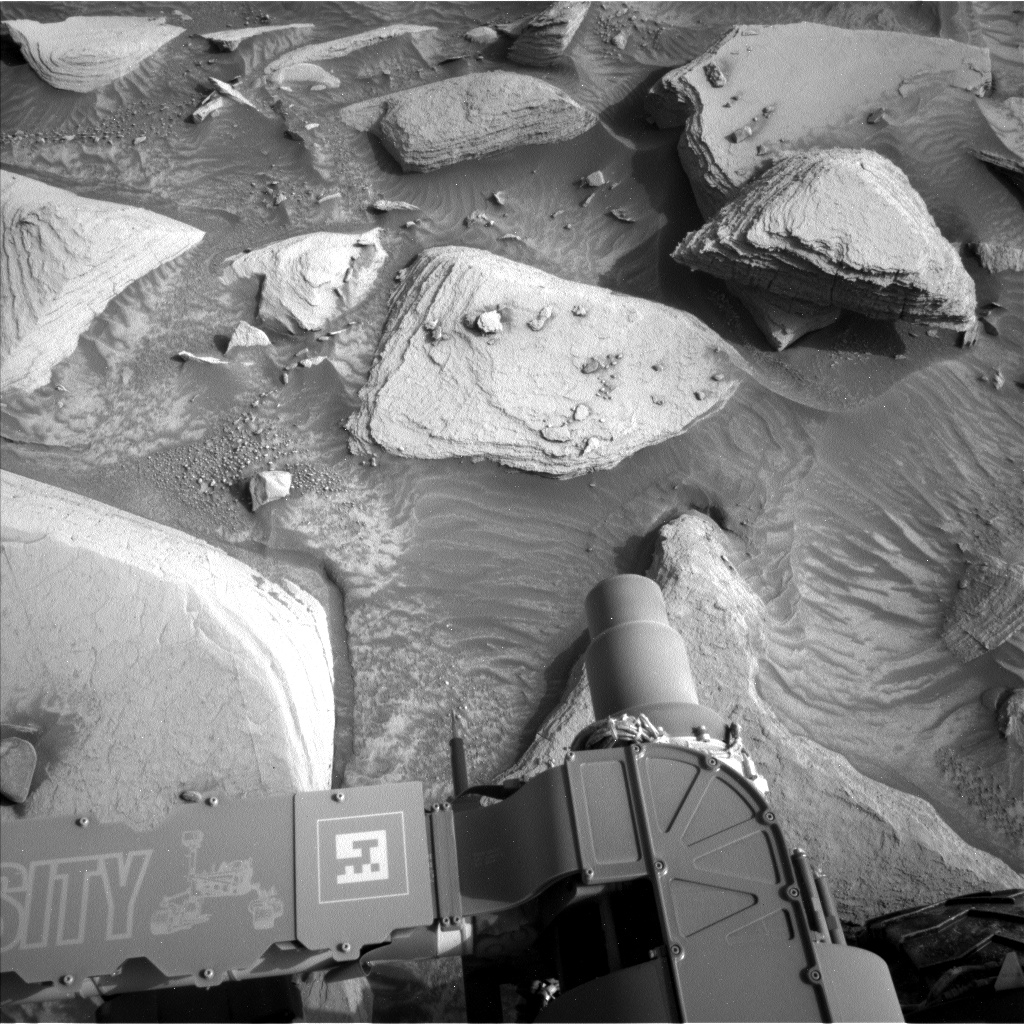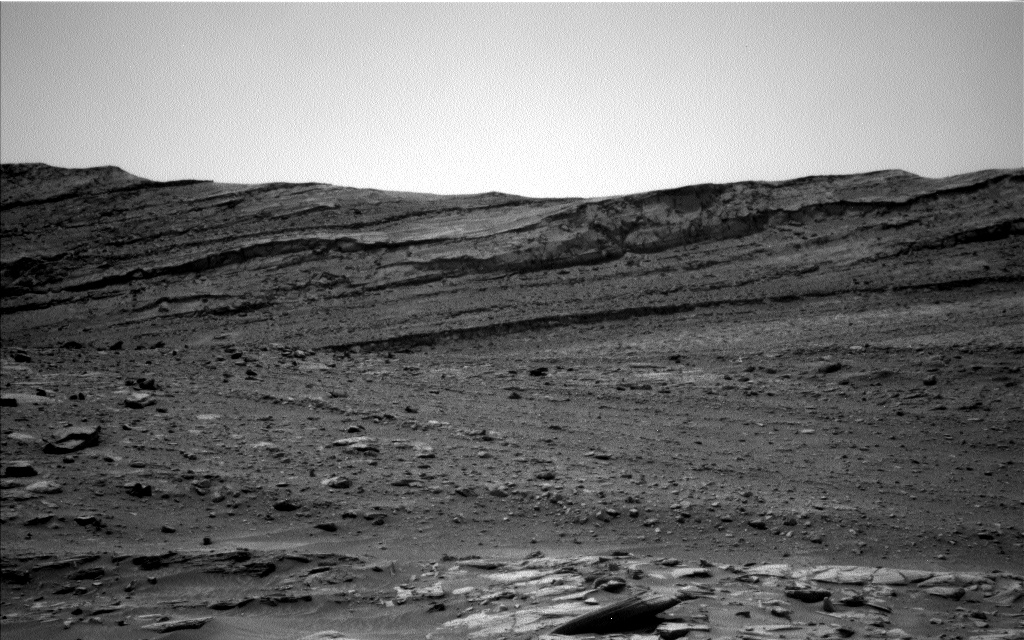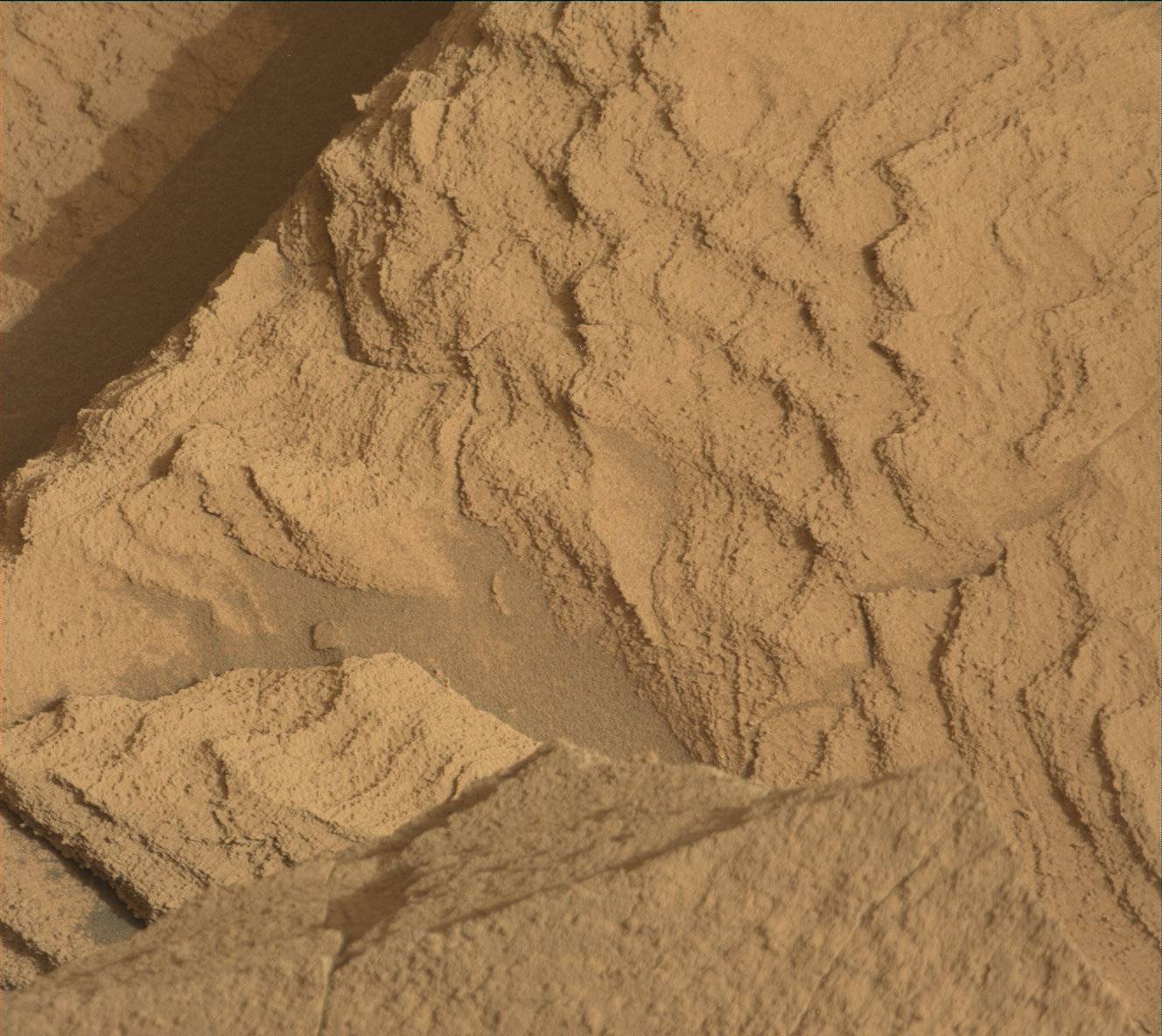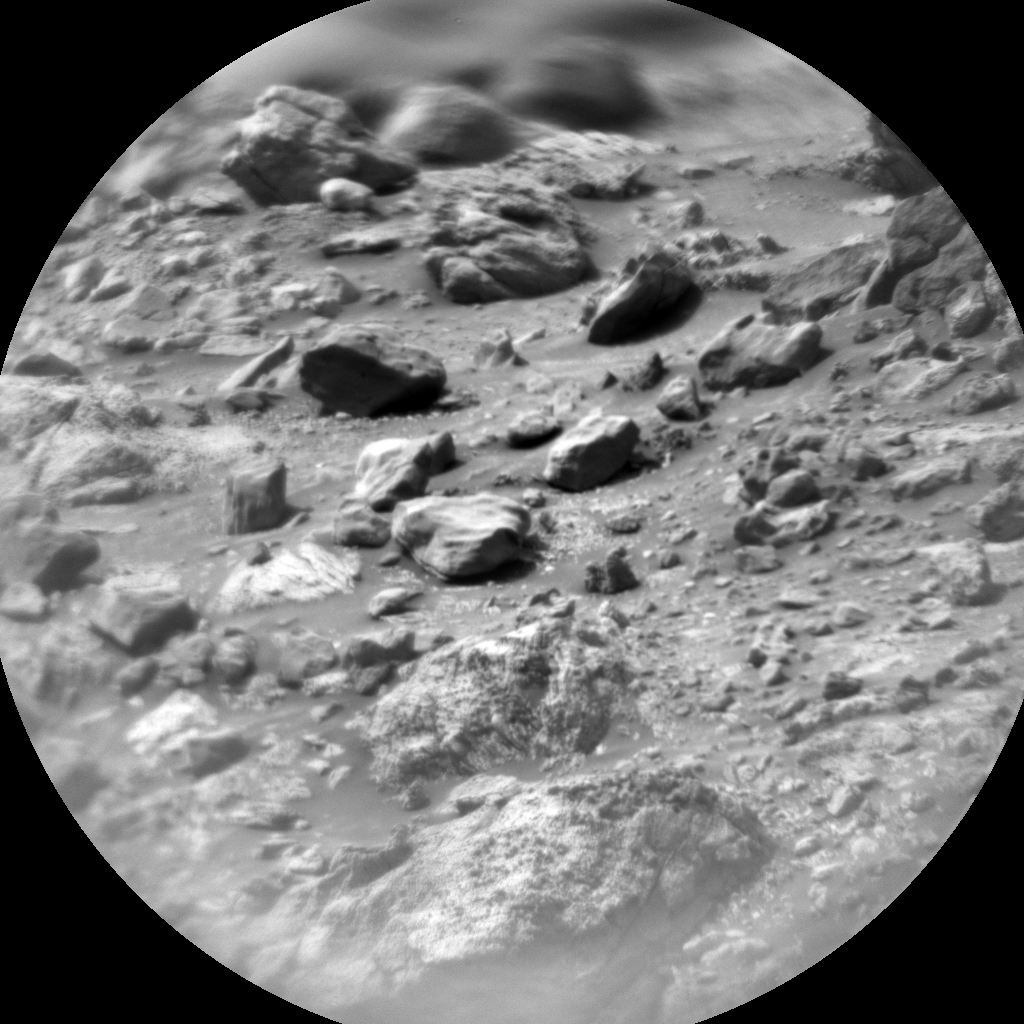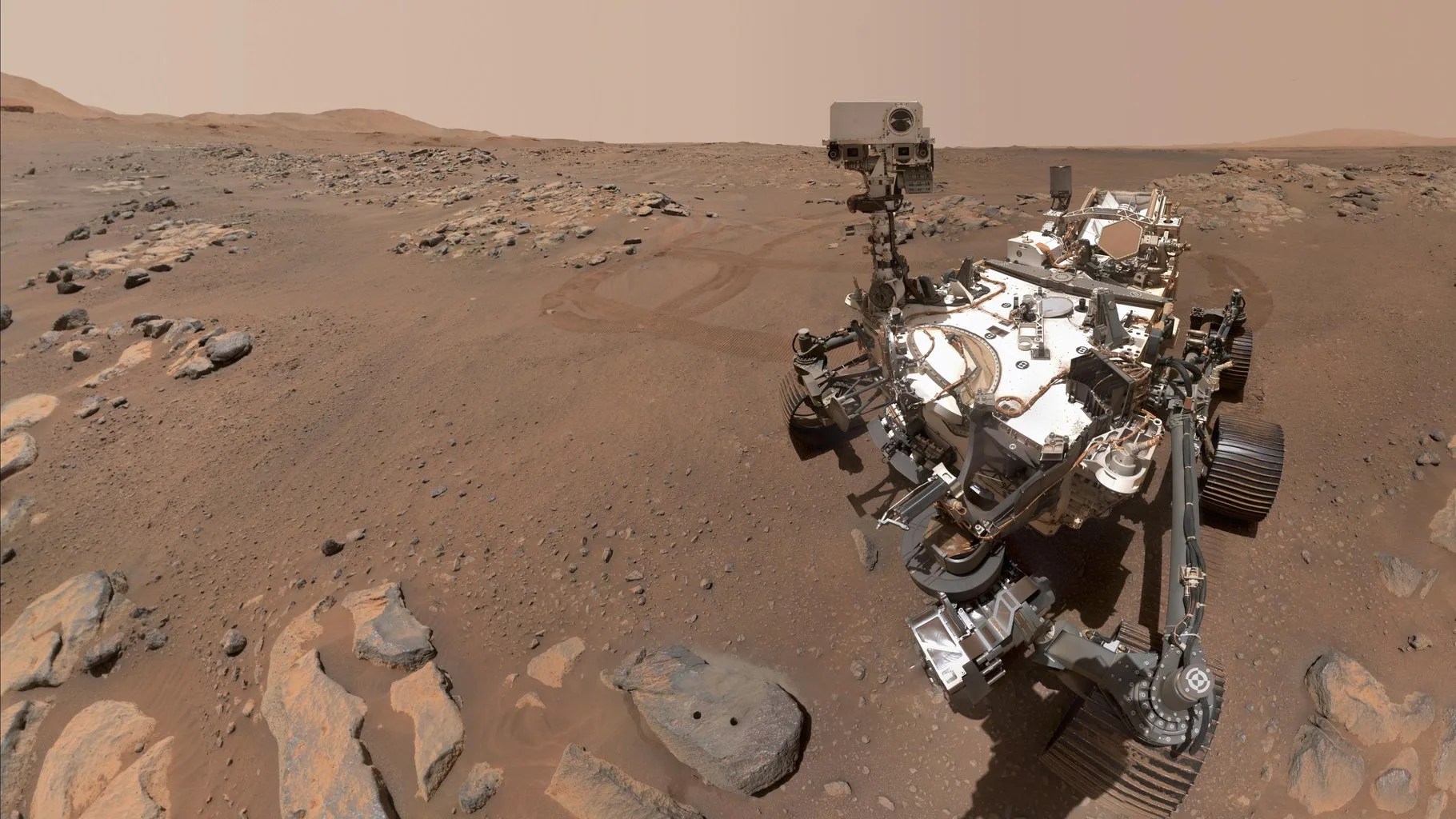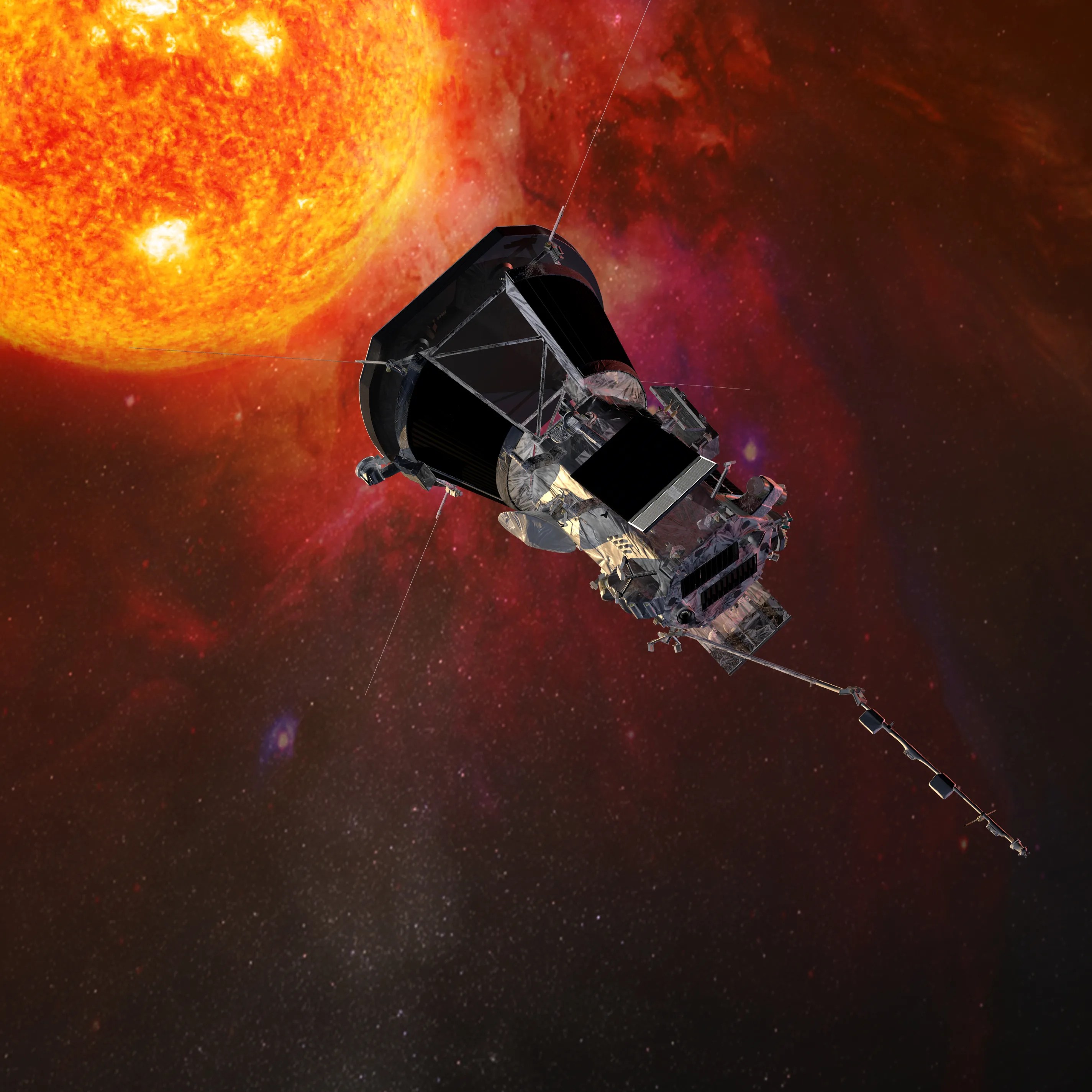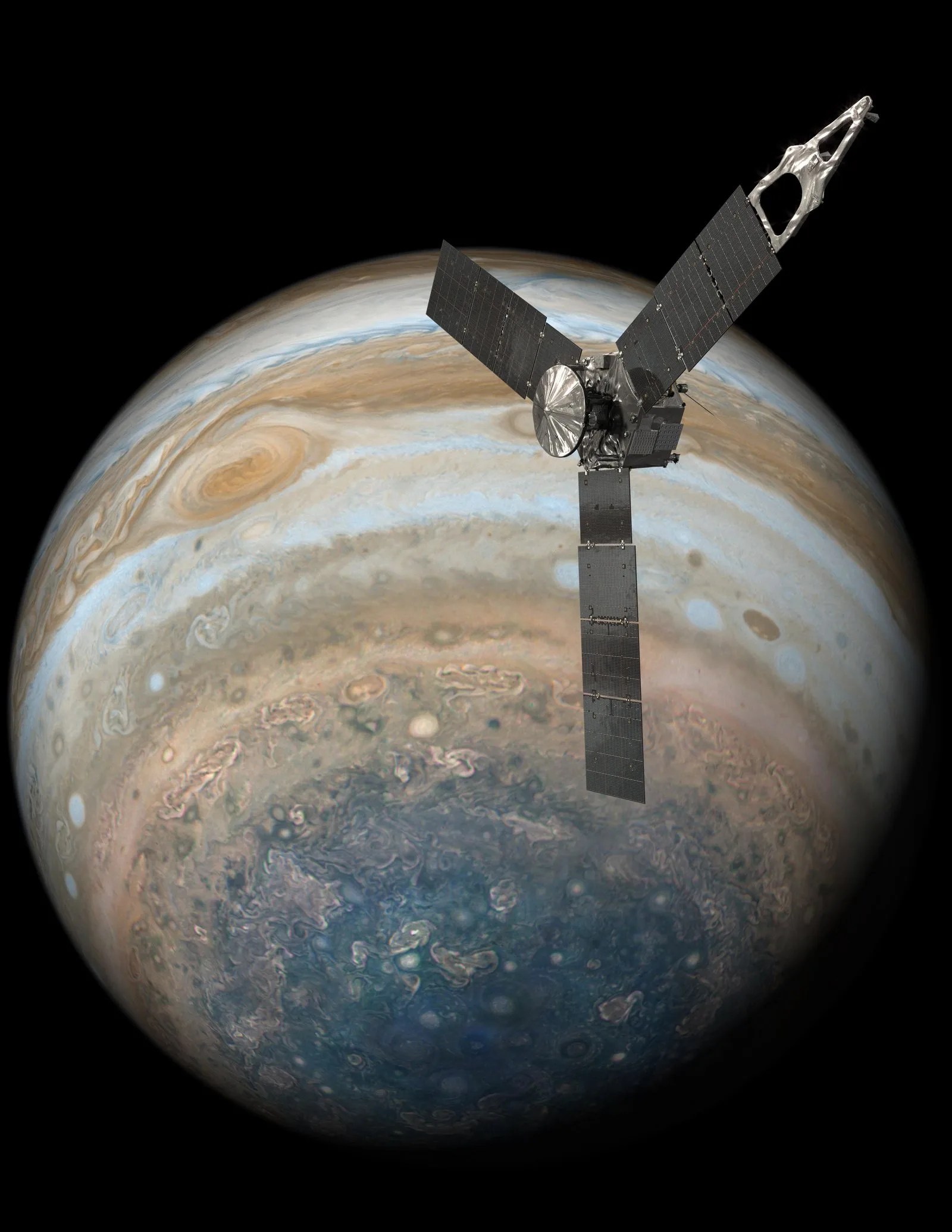ExoMars Program
ESA’s (European Space Agency) Exobiology on Mars program is a series of missions designed to understand if life ever existed on Mars.
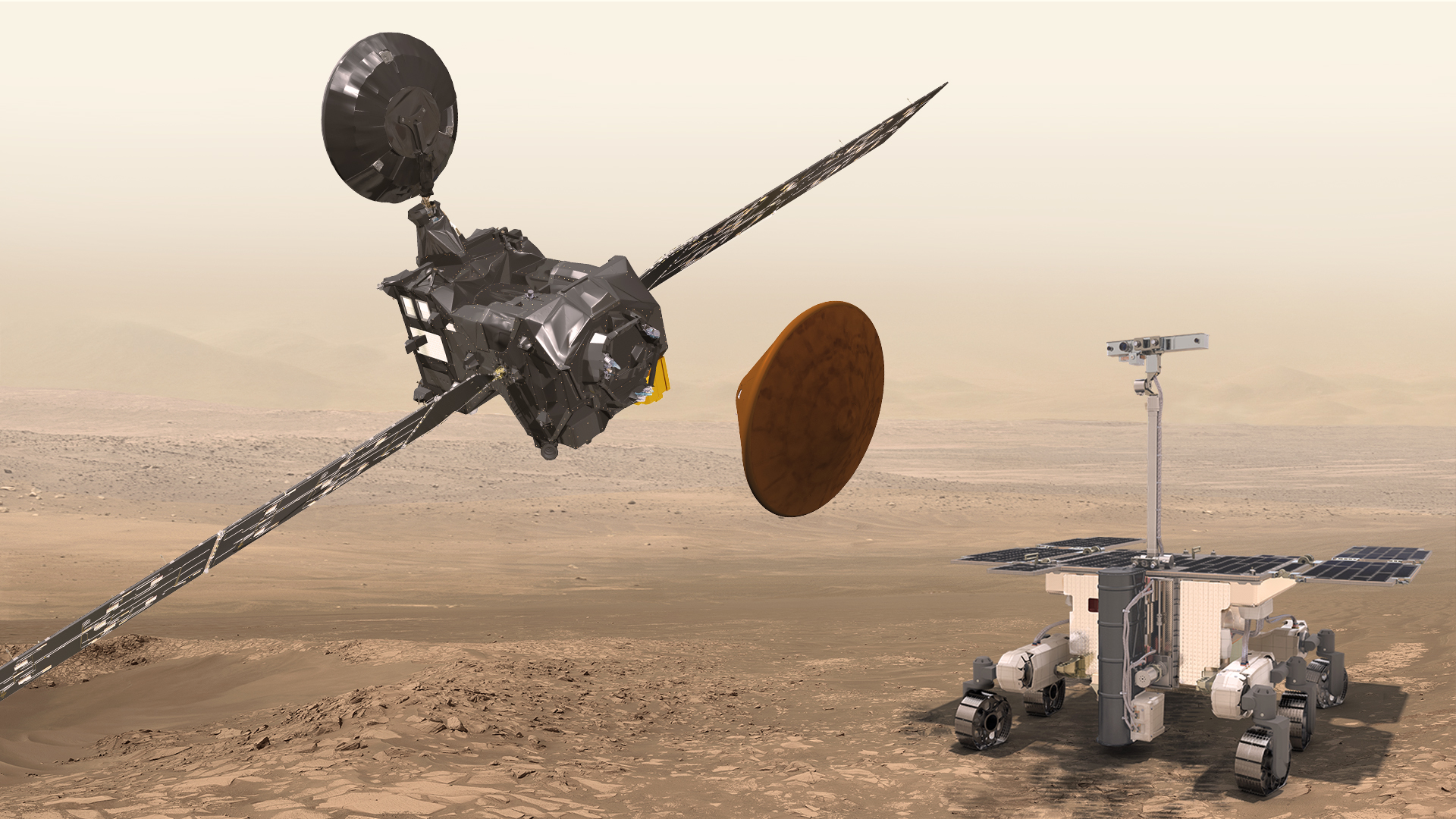
Trace Gas Orbiter
The first mission in ESA’s ExoMars program is called the Trace Gas Orbiter (TGO), undertaken in partnership between ESA and Russia's Federal Space Agency, Roscosmos. ESA's Trace Gas Orbiter studies the Martian atmosphere for the presence of methane and other gases that may be present in small concentrations. The Schiaparelli Entry, Descent, and Landing Demonstration Module entered the Martian atmosphere, but ESA's mission team lost contact shortly before the lander's expected touchdown.
NASA contributed two Electra radio communications systems to the ExoMars Trace Gas Orbiter and assisted with the navigation, tracking, and data return of the spacecraft.
Rosalind Franklin Rover
ESA’s Rosalind Franklin rover has unique scientific potential to search for evidence of past life on Mars thanks to its drill and scientific instruments. It will be the first rover to reach a depth of up to approximately 6.6 feet (two meters) below the surface, acquiring samples that have been protected from surface radiation and extreme temperatures. The drill will retrieve soils from ancient parts of Mars and analyze them on-site with its onboard laboratory.
NASA is contributing the mass spectrometer and the main electronics units for the Mars Organic Molecule Analyzer (MOMA). The MOMA instrument will allow detection and characterization of organic molecules on Mars.

